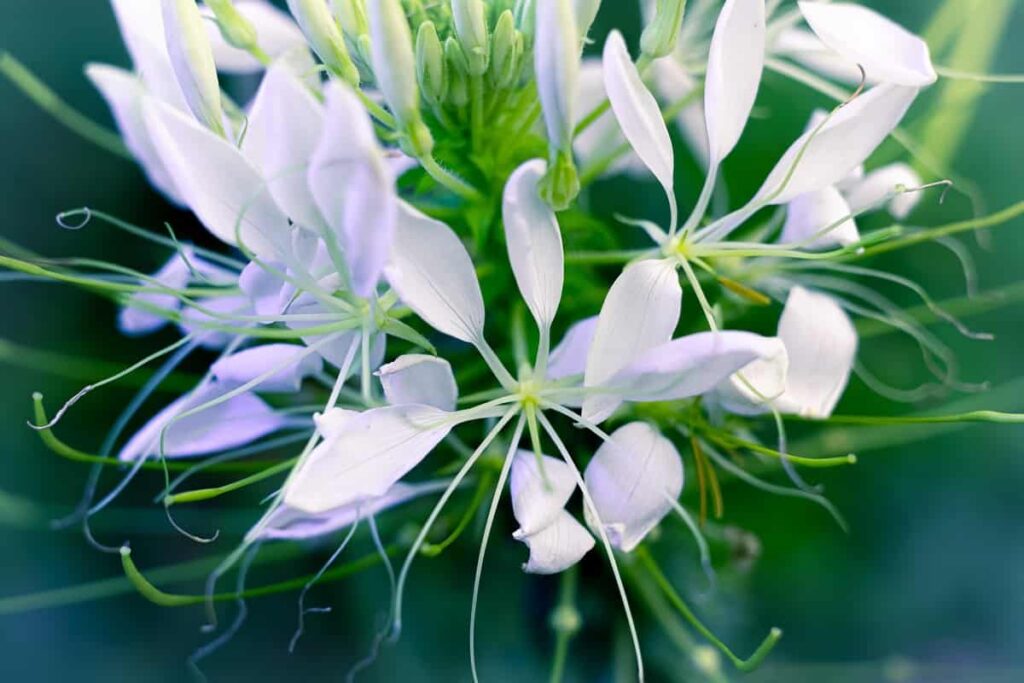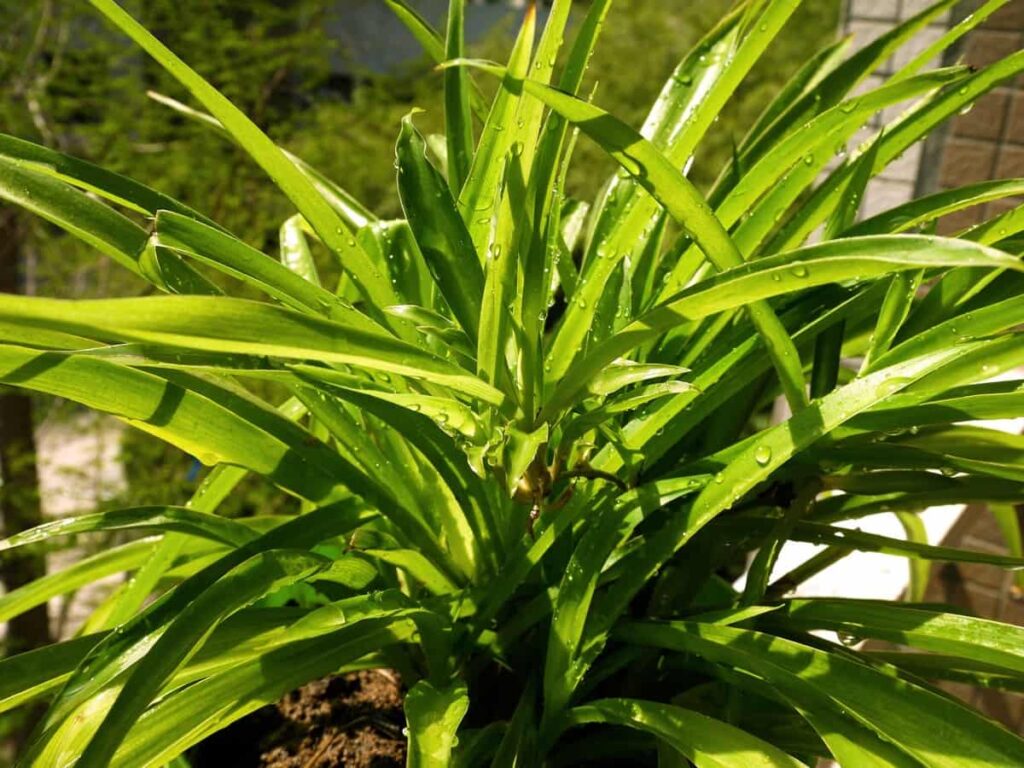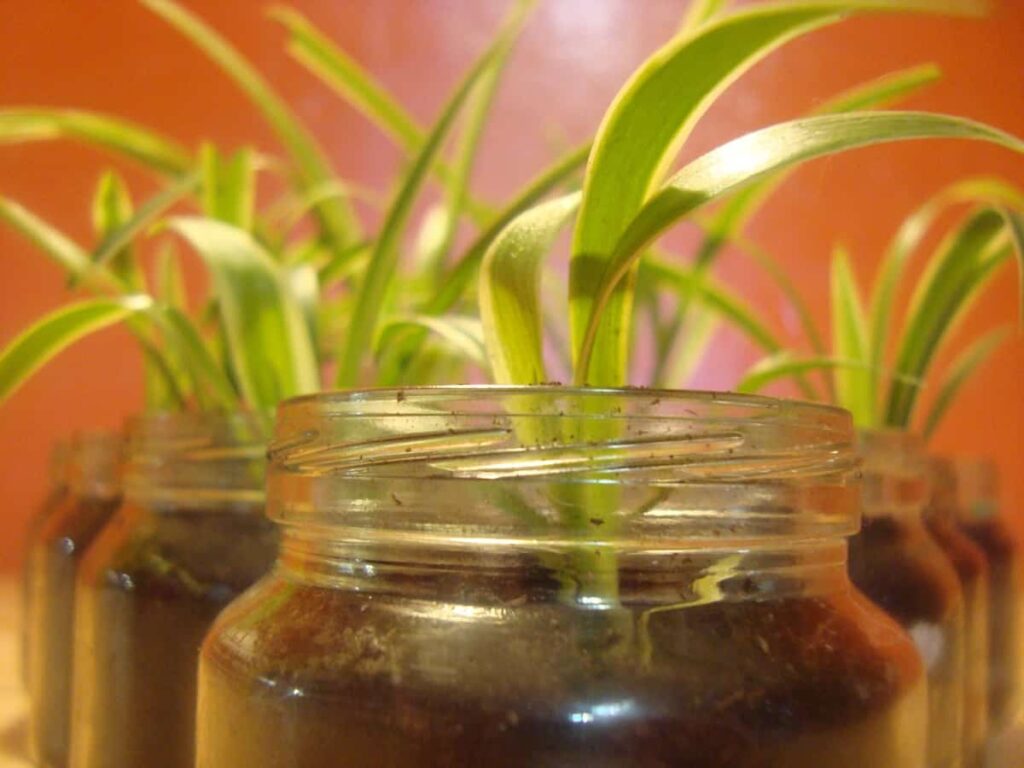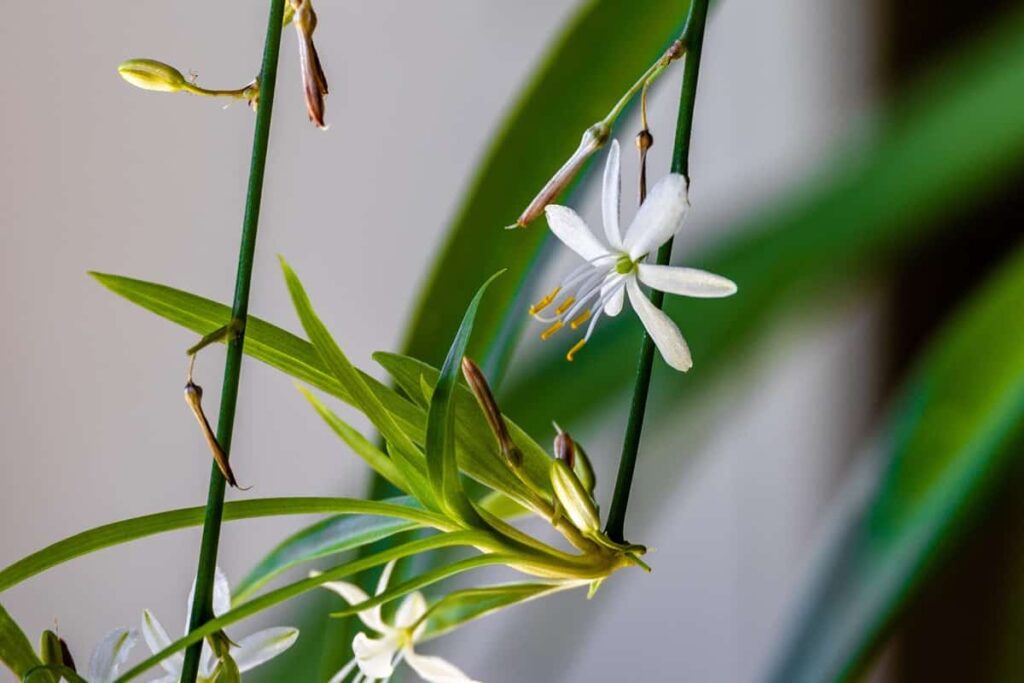If you’re a fan of nature and want to add a little greenery indoors, you should consider planting an indoor vertical garden. Not only is it a great way to get some fresh air and sunlight indoors, but it’s also an excellent way to reduce stress and improve your mood. Vertical gardens are not just for people who love plants; they’re also perfect for those who don’t have much space. If you’re interested in starting an indoor vertical garden, you should consider a few things to remember.

One of the first things is choosing plants that can handle low light levels and indoor temperatures. Other considerations when starting an indoor vertical garden include designing your space, so it’s easy to water and monitor the plant growth. Many plants can be used in an indoor vertical garden, and they all have different benefits. Spider plants are one of the most popular types of plants for an indoor vertical garden because they are easy to care for, and their leaves tend to stay green even when it’s not sunny outside.
How to start indoor vertical garden with stunning spider plants
Benefits of indoor vertical garden
- An indoor vertical garden adds beauty and life to any room in your home. These gardens use plants grown vertically instead of horizontally, allowing them to grow larger and produce more flowers than traditional gardens. Many different plants can be used for an indoor vertical garden, so you can find one that suits your aesthetic preferences.
- There are many benefits to having an indoor vertical garden. They help you save energy, are great for air purification, and can be the best way to teach kids about plants and gardening.
- If you are new to growing plants, start with Spider plants. Spider plants come in various colors and shapes, making them perfect for an indoor vertical garden. They need little water and sunlight, making them great beginner plants.
- If you want to get more creative with your vertical garden, use succulents or cacti. Succulents have soft textured leaves that make them perfect for hanging baskets or other containerized gardens, while cacti have spiky leaves that look amazing in pots or planters. You can also use flowering annuals or perennials in your vertical garden if you want something more colorful and permanent.
- An indoor vertical garden is an excellent way to get your plants off the ground and into a controlled environment. These gardens use artificial lighting to provide the necessary light for plants and can be very practical in smaller spaces. Vertical gardens are perfect for apartments or homes with limited space, as they can be easily tucked away.
In case you missed it: Top 10 Pollution killer Plants: Indoors and Outdoors

Choose the best location for an indoor vertical garden with stunning Spider Plants
Start by clearing out some space in your home. You don’t need much room, just enough so that the plants can grow vertically. Spider plants are one of the most popular indoor plants. They can grow up to two feet tall and be planted in various locations, including hanging pots or baskets. Spider plants require high humidity and should not be near direct sunlight. A hanging pot or basket is the best location for Spider plants in an indoor vertical garden. Spider plants like high humidity levels, so they are best grown in moist environments such as bathrooms or kitchens.
Choose the best design for an indoor vertical garden with stunning Spider Plants
- Spider plants are versatile and can be arranged in many ways to create interesting compositions. Plus, they require very little care. All you need is sunlight and water.
- To start your garden, choose a sturdy frame that will accommodate your plants. Use a wooden or metal frame if possible; plastic frames can damage plants. You’ll also need to purchase planting mediums and pots for your plants. Make sure the medium is porous enough to allow water and nutrients to reach the roots of the plants but not so porous that debris accumulates.
- Building a frame for indoor vertical gardening is an easy task. You will need a sturdy wooden frame, some screws, and a drill. You should measure the height and width of your frame. Next, cut the wood to these measurements. Finally, screw the wood together using screws. The finished frame should be about 1 inch thick.
- When designing your vertical garden, consider how you want the plants to look and function together. For example, if you want a bolder design, choose taller plants that will screen out sunlight from below. If you’re looking for softer effects, try choosing shorter plants that cascade over the edge of the container.
In case you missed it: 10 Best Fragrant Plants for Indoors: Top List

Choose the suitable type of Spider plant for an indoor vertical garden
- Spider plants require little maintenance aside from watering them regularly, so they make a great choice if you’re new to indoor gardening. They grow quickly and are easy to care for, so you’ll be able to enjoy your garden in no time.
- Many types of Spider plants can be used for indoor vertical gardens. You can choose from those with trailing vines or erected branches. There are also different colors and varieties to find the perfect plant for your home.
- When planning to grow Spider plants in a vertical garden, selecting the right type and size of Spider plant for your space is essential. For small spaces or areas with limited sunlight, choose a dwarf Spider plant. These plants typically grow less than two feet tall and have narrow leaves that are densely packed together. Choose a taller Spider plant for larger spaces or areas with plenty of light. These plants typically have broader leaves that are evenly spaced on the stem. Choose a variety of Spider plants for variety in color, texture, and shape.
In case you missed it: 20 Indoor Plants in India: Best List to Keep Your House Filled With Fresh Air

Choose the best soil for growing Spider plants in an indoor vertical garden
If you’re considering starting an indoor vertical garden, you’ll need suitable soil. You can use any soil mix, but if you want to make your plants look their best, you’ll wish to soil high in organic matter and good drainage. Try using a mixture of peat moss and perlite or potting soil. Make sure to water the plants well in this type of soil.
Spider plants like fertile soil that is moist but not wet, and they need plenty of nutrients to thrive. Feed them a balanced fertilizer every time you water them, and make sure their soil is evenly moistened. Keep Spider plants away from direct sunlight during the hottest part of the day, and be sure to provide them with a place to rest in your indoor vertical garden.
Plant Spider plants in the indoor vertical garden
To get started, grab some Spider plants and a pot. You can find them at most nurseries if you haven’t already. Next, measure the height and width of your pot and mark the points on the plant’s stem where those measurements intersect. Then cut the stem at those marks using a sharp knife or scissors. You’ll also need to remove the lower leaves from the plant so that it will fit in your pot snugly.
Now it’s time to fill your pot with soil mix according to package instructions and add some water until it’s half-full. Plant your Spider plant in the center of the soil mix and press down firmly so it sticks out of the soil surface. Water your plant regularly during this initial stage and keep an eye on it, so it doesn’t get too root-bound or thirsty. Once it establishes itself in its new home, you can significantly reduce watering frequency while ensuring good growth.
In case you missed it: Types of Succulents in India – Indoor Succulents Perfect for Indian Climate

Setup irrigation system for an indoor vertical garden
- When it comes to creating an indoor garden, there are a few things that you need to take into account. One of these is the irrigation system. If you want to start an indoor vertical garden with stunning Spider plants, ensure you supply them with enough water. You can either water your plants manually or use a watering can with a mist function. Make sure to water your plants regularly and allow them to get enough sunlight.
- Before getting started, you must first decide what irrigation system you want. Many options are available to you, and each has its benefits and drawbacks. You can either use a drip irrigation system or a water hose. Drip irrigation systems are generally more efficient than water hoses but require more attention to detail to maintain them properly. They also tend to be more expensive than water hoses, but they may be worth it if you have significantly high humidity levels or a large area you want to cover with your garden.
Add a fertilizer injector and connect the irrigation system to the water source
- Before you start, you’ll need some supplies: an irrigation system to supply water to the plants, a fertilizer injector, and potting soil. To begin, line your pots with newspaper or a cloth towel, so the soil doesn’t dry out. Once your pots are ready, fill them with potting soil and add your Spider plants.
- Next, connect your irrigation system to your water source and turn it on. Ensure the water is flowing through the tubes carefully so that it doesn’t damage the plants. Next, spray your fertilizer injector with plant food every week or two during the spring and summer. This will help ensure the plants get the nutrients they need to thrive.
- Now that you have determined your irrigation system, the next step is to set up your plant pots and grow media. Spider plants grow best in soil that is slightly moist but not wet. To ensure that your plants get the moisture they need, fill the plant pots about two-thirds of the way with soil before planting them in your garden. Once your plants have grown enough to draw nutrients from the soil, you can begin watering them using a drip irrigation system or by hand watering them with a water hose.
Spider plants care in an indoor vertical garden
Pruning Spider plants in an indoor vertical garden
- A Spider plant needs regular pruning to keep it healthy and looking its best. When you first get a Spider plant, remove the spent flowers and any excess foliage on the lower part of the stem. This will help promote new growth.
- After the initial growth period, cut back the top of the stem 1/2 inch every other month or so. This will encourage more branching and better shape. Always leave at least a 1-inch base on the stem to support future growth. Once a year, cut back all of the foliage on the branch to about 3 inches below where you cut it back. This will promote new growth and help keep your Spider plant healthy.
In case you missed it: 14 Best Compost Bins for Home in India: For Indoor, Outdoor, and Kitchen Garden
Protect Spider plants from pests
- Spider plants are a popular choice for indoor gardens because of their striking appearance and easy care. Spider plants grow best in a clean environment, so keep your garden clean by removing any old leaves or flowers and any debris that may be accumulating. This will help prevent pest problems.
- One way to protect your Spider plants is to use a repellent. Some sprays available at garden stores contain soap or oil, which can repel pests. Read the directions before spraying, as some sprays may be harmful if applied incorrectly.
- If you notice any signs of pest activity, such as damaged leaves or bugs on the plant, take action immediately by applying insecticidal soap or spraying the plant with a repellent spray. Watch for repeat offenders and take additional steps to prevent further damage.
Conclusion
If you’re looking to bring some fresh, green life indoors and create a stunning vertical garden, Spider plants are a perfect choice. Not only are they aesthetically pleasing, but vertical gardens can provide all sorts of benefits for your health and well-being. Spider plants are unique because they can effectively distribute light and moisture throughout their leaves. As a result, they make great companion plants for indoor vertical gardens. Keep your Spider plants arranged neatly and watered regularly. They will reward you with beautiful flowers.
- How to Grow Hibiscus from Flower
- Plantation Ideas for Home Decoration: A Beginners Guide
- Flower Garden Designs and Layouts for Beginners
- Planting and Spacing Techniques in Papaya: A Beginner’s Guide
- Growing Gold: Essential Techniques for Planting Pineapples
- How to Make Kalanchoe Plant Bushy: Home Remedies and Solutions
- 11 Reasons Why Your Gardenia is Not Blooming: Home Remedies and Solutions
- Eco Elegance: The Guide to Designing a Drought-Tolerant Landscape
- Gardening on a Slope: Strategies for Hillside Landscaping
- Nourish and Flourish: Top Organic Mulches for Thriving House Plants
- Everything You Want to Know about Indian Mogra Flower: Discover Uses and Growing
- Green Thumb Success: Expert Tips for Cultivating Greenhouse Pumpkins All Year Round
- Maximize Growth & Flavor: The Ultimate Guide to Companion Planting in Herb Gardens
- How to Control Rhododendron Problems Naturally: Home Remedies and Organic Ways to Fix Them
- Natural Magic: The Remarkable Benefits of Cinnamon for Plants
- Best Steps to Revive Dying Tulip with Natural and Organic Treatment
- 10 Reasons Why Your Angel Trumpet is Not Blooming: Remedies and Treatment
- How to Fix Periwinkle Leaf and Flower-Related Problems: Natural Remedies and Solutions
- How to Fix Zinnias Leaf and Flower Problems: Discover Natural and Home Remedies
- Organic Steps to Induce Lemon Tree Flowers: A Comprehensive Guide
- Bloom Booster: Crafting the Perfect Homemade Bougainvillea Fertilizer
- Optimizing Growth: A Guide to Applying NPK Fertilizer for Potted Plants
- 10 Best Homemade Fertilizers for Rubber Plant: DIY Recipes and Application Method
- How to Boost Female Pumpkin Flowers: Effective Steps for More Flowers and High Yields
- Transform Your Indoor Garden: Top Benefits of Pink Salt for Houseplants
- 10 Best Homemade Fertilizers for Peacock Plants (Calathea): Easy DIY Guide
- Unlock Blooms: 9 Reasons Why Your Potted Chrysanthemum is Not Blooming
- 8 Reasons Why Your Potted Hibiscus is Not Blooming: Fix it with Simple Solutions
- Unlock Blooms: 9 Key Reasons Your Potted Frangipani Won’t Flower
- 10 Reasons Why Is My Ice Plant Not Blooming: Remedies and Treatment
- 10 Reasons Why My Potted Hydrangea Not Blooming: Treatment and Remedies
- 10 Reasons Why is My Wisteria Not Blooming: Remedies and Treatment
- 10 Reasons Why is My Goldfish Plant Not Blooming: Remedies and Treatment
- Maximize Your Space: Ultimate Guide to Balcony Gardening with Grow Bags
- 10 Reasons Why Your Iris is Not Blooming: Remedies and Treatment
- 10 Reasons Why Your Anthurium Plant is Not Blooming: Treatment and Remedies
